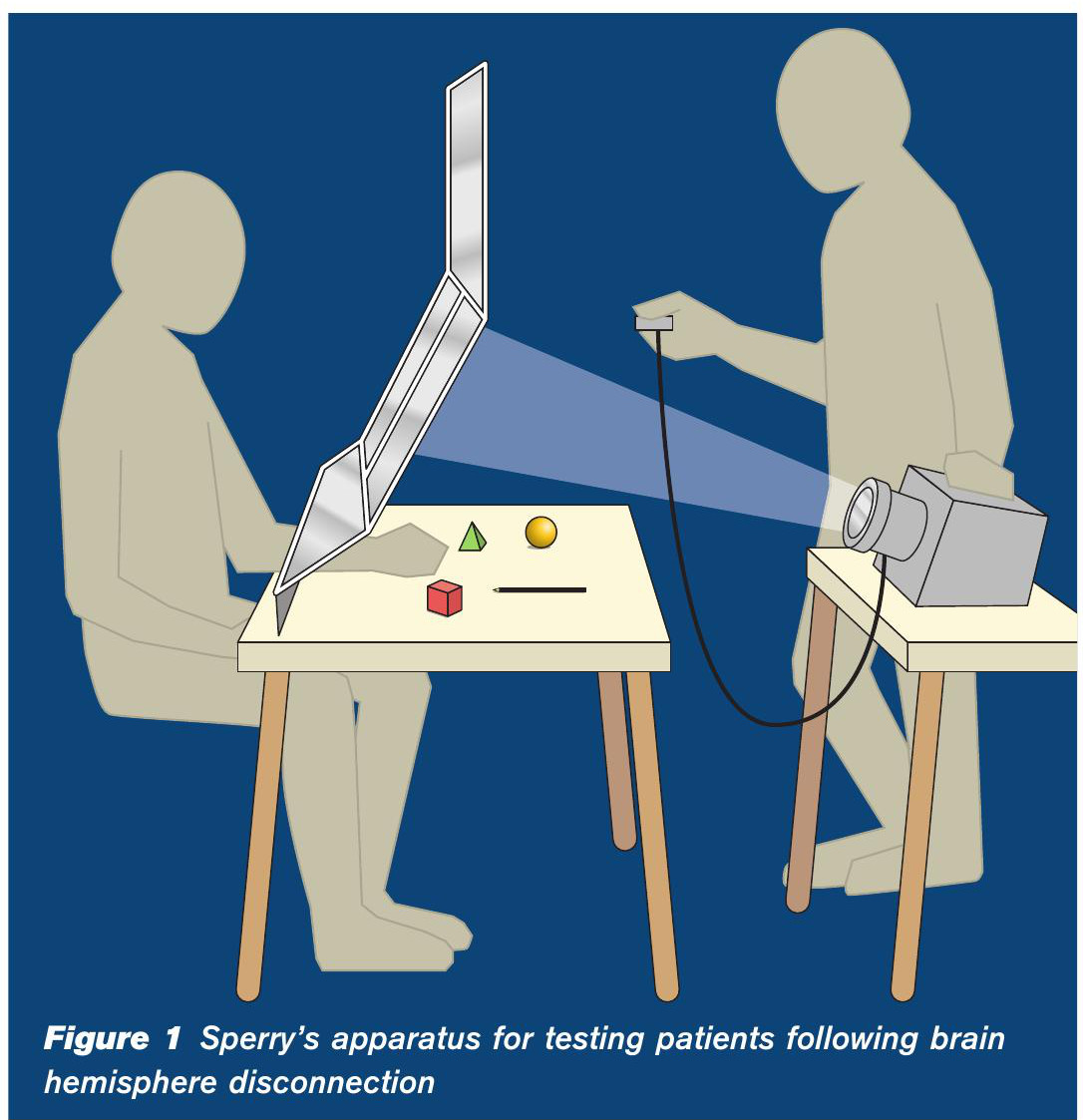
While all primate brains comprise two halves or hemispheres, only in the human brain are the hemispheres specialised for different functions (lateral specialisation or functional lateralisation). According to Bogen (1969), scientists have been trying to characterise the nature of the right and left hemispheres for well over 100 years.
A dramatic experimental breakthrough in the study of functional lateralisation came with development of a new surgical technique for treating extreme forms of epilepsy. This involves cutting the corpus callosum, the tissue that connects the two hemispheres (the split-brain operation). Sometimes, other brain tissue is also cut — these more drastic operations are called commissurotomies (Coren 1992).
Your organisation does not have access to this article.
Sign up today to give your students the edge they need to achieve their best grades with subject expertise
Subscribe



